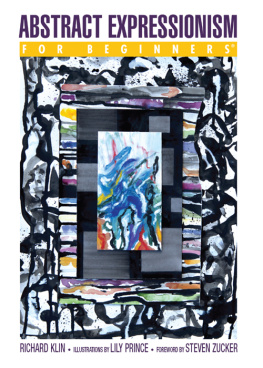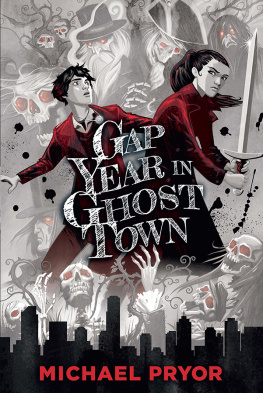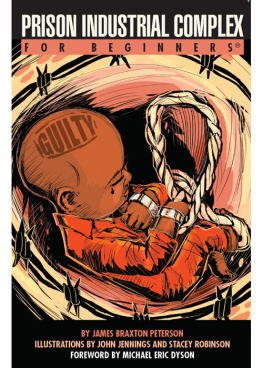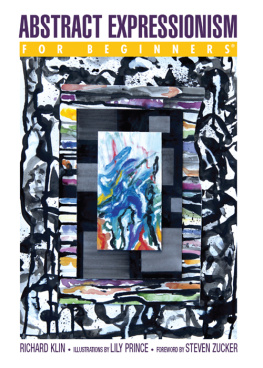
For Beginners LLC
155 Main Street, Suite 211
Danbury, CT 06810 USA
www.forbeginnersbooks.com
Text: 2016 Richard Klin
Illustrations: 2016 Lily Prince
This book is sold subject to the condition that it shall not, by way of trade or otherwise, be lent, re-sold, hired out, or otherwise circulated without the publisher's prior consent in any form of binding or cover other than that in which it is published and without a similar condition being imposed on the subsequent purchaser.
All rights reserved. No part of this publication may be reproduced, stored in a retrieval system, or transmitted in any form or by any means, electronic, mechanical, photocopying, recording, or otherwise, without prior permission of the publisher.
A For Beginners Documentary Comic Book Copyright 2016
Cataloging-in-Publication information is available from the Library of Congress.
ISBN-13 # 978-1-939994-62-2 Trade
Manufactured in the United States of America
For Beginners and Beginners Documentary Comic Books are published by For Beginners LLC.
First Edition
10 9 8 7 6 5 4 3 2 1
www.redwheelweiser.com
www.redwheelweiser.com/newsletter
CONTENTS
This wouldn't have been a book without the support of Jeff Hacker and Merrilee Warholak at For Beginners. Additional thanks to: David Amram; Peter Balakian; Daniel Belasco, curator, the Samuel Dorsky Museum of Art at the State University of New York, New Paltz; Pamela Lawton; and Sara Rubenson of the Whitney Museum of American Art.
To Arshile Gorky used with kind permission of Peter Balakian.
The East Village of the 1950s: An Island Within an Island is from David Amram's forthcoming book, David Amram: The Next 80 Years, and is used here by his kind permission.
May Swenson's At the Museum of Modern Art May Swenson.
Used with permission of the Literary Estate of May Swenson.
All rights reserved.
Art in the blood
is liable to take
the strangest forms.
Arthur Conan Doyle
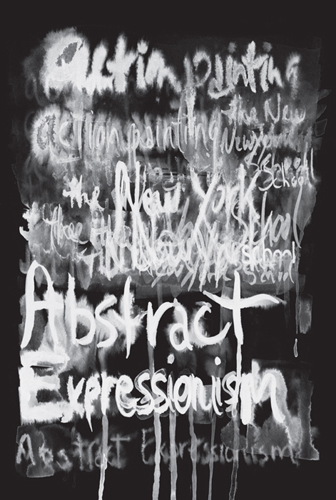
FOREWORD
by Steven Zucker
D uring the years immediately following the Second World War, a small group of New York painters reinvented American art and challenged the definition of modernism. This was an extraordinary moment by any measure. Atomic weapons had been created and unleashed on civilian populations, quickly bringing a Japanese surrender and an end to the global conflict. The unspeakable horrors of the Holocaust were confirmed, and the full extent of the Nazi terror was laid bare. Huge numbers of people were on the move as refugees and soldiers alike returned home. Confrontations between the Soviet Union and United States escalated, turning the postwar peace into a dangerous new conflict that would become known as the Cold War.
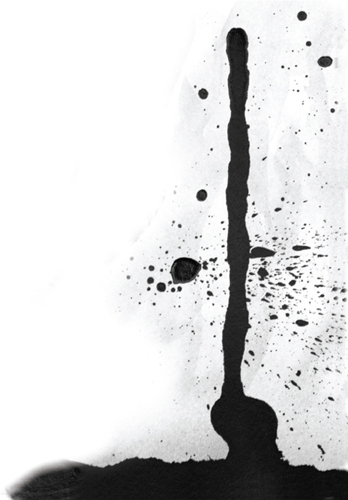
It was during the war years that the artists we now know as Abstract Expressionists came into contact with the masters of modern art who had fled the turmoil in Europe. Many artists and intellectuals had left the great cultural centers of Europe as the Nazis gained power and extended their grip across the continent. New York became a wartime haven for those intellectuals and artists lucky enough to overcome the considerable barriers that the United States erected against the influx of Jews and socialists seeking to escape the Nazis and their collaborators. Some of the most renowned European minds found work at the New School for Social Research in Greenwich Village and at Columbia University farther uptown.
In the chapters that follow, Richard Klin and Lily Prince offer a wonderfully concise and accessible introduction to Abstract Expressionism. They bring the major painters to life and present some of the brilliant female artists who are too often left out. And they beautifully recreate for us the New York City of the 1930s, '40s, and '50sa city bursting with optimism, a city of jazz, of improvisation, of creative energy. This was the New York that overtook the tired, war-ravaged capitals of Europe and, as Klin explains, created some of the most influential artwork ever made.
Cultural historians have tried to understand what sparks rich new artistic moments such as this. Some scholars have suggested, for example, that the early Italian Renaissance was fueled by an influx of artists and intellectuals who had fled the Byzantine Empire as it fell to the Ottomans. If that was the case, was there a twentieth-century parallel in which leading modern artists and thinkers from Europe functioned as a catalyst for a new generation of American painters? There is no question that the early work of Jackson Pollock, Mark Rothko, Willem de Kooning, and others now called Abstract Expressionists were profoundly influenced by Surrealist strategies that drew on the psychoanalytic theories of Sigmund Freud and Carl Gustav Jung. These strategies were designed to outwit the conscious self and in this way gain access to the hidden realm of the unconscious mindwhat was believed to be the wellspring of raw creativity.
One of the hallmarks of Abstract Expressionism is that it is not a unified style. The term is better used as a name for a group of like-minded artists who each developed their own abstract visual language. This happened in the years immediately following the war. In 1947 and 1948, the Abstract Expressionists evolved more purely abstract styles and transformed the subjects of their work. Where they had once relied on Surrealist technique and narrative subject matter such as ancient Greek mythology to grapple with the dramas of human experience, American artists in the postwar years found a new form of abstraction to be the most powerful visual language with which to articulate the human condition.
Jackson Pollock upended 500 years of painting technique when he laid huge unprimed canvases on the floor and dripped, splashed, and dribbled house paint from gallon cans with clotted brushes and sticks, all while walking around and stepping into his paintings as if they were canvas arenas. His radical shift from the vertical plane of the easel to the horizontal plane of the canvas spread across the studio floor was both physical and perceptual. Pollock was now able to use gravity as he let ribbons of enamel paint arc in the space above the canvas. When the paint landed it functioned like choreographic notation, recording the movements of the artist through space and time. Each line, skip, drip, pool, and arabesque reflected a turn of Pollock's body, a gesture, a decision. Painting was no longer about depicting a landscape or a face or even the academic formal concerns of earlier abstract art. Pollock's art is about something else entirely. It is about the act of improvisation and the creative risk of invention. It is about its own making.
Mark Rothko's art couldn't be more different. Where Pollock is all energy and action, Rothko's large soft-edged clouds of brilliant luminous color are intensely quiet and nearly still. To stand in front of a Rothko is to feel time slow until it stops. The viewer enters a space constructed by the interactions of lush colors that sometimes seem to exist on the edge of perception. Rothko defines space through color, but the complexity of his colors create volumes in the spaces of his canvases that are wildly ambiguous. The viewer is enveloped and unmoored by shifting forms and the subtle interplay of light and color. We are invited to lose sight of our petty concerns and stand alone, confronting profound questions of beauty and existence and the emotions that accompany them.
Next page
